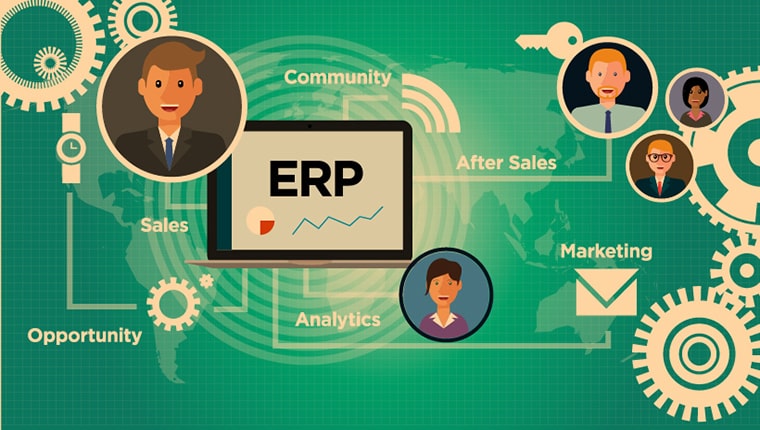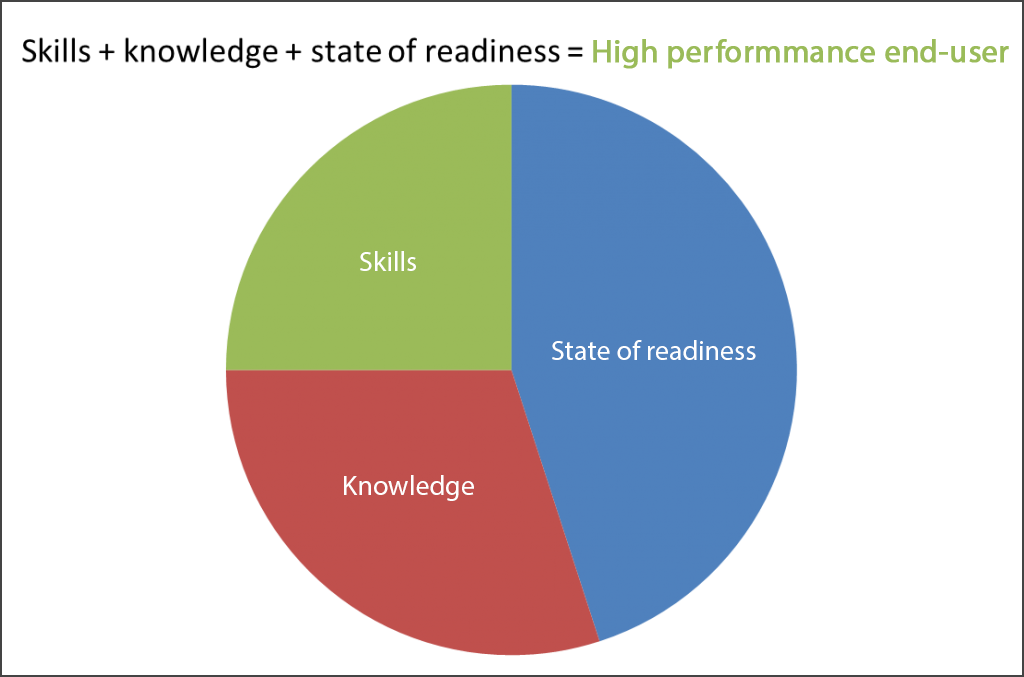3 Steps For Effective Change Management in ERP Implementation

Change is the law of life and resistance to change is the truth. To balance both these aspects, change management is essential. Implementing ERP in your organization implies change and there is bound to be some resistance. To manage the change, it is essential to have a change management strategy that will ensure a smooth transition throughout the organization.
Change Management in ERP Implementation – 3 Steps
- Communicate the change
- Conduct a stakeholder analysis
- Offer end-user training
Change management works on the relationship between people, processes, and systems. It ensures people understand the business process change and accept and use the new system. The Kubler-Ross Curve is an effective change management strategy to understand how people deal with change.
In an article on selecting and implementing an ERP system in CIO, Matt Thompson, Vice President of Professional Services, Estes Group says on change management, “Organizational change management is pivotal to the success of your project. Typical ERP projects facilitate massive change in organizations that can include changing of day to day job descriptions or eliminating job descriptions in total. [These] changes impact the culture of your company and without careful control and communication plans and workshops you can create an adverse reaction to ERP [resulting in] barriers [to] implementation and adoption.” (Source: Cio)
So the importance of change management in ERP implementation cannot be undermined. This blog will describe three steps for effective change management.
3 Steps for Effective Change Management
Step 1: Communication
Communication is important because people cannot accept what they do not understand. Early, frequent, and progressive communication much before the ERP system is implemented should explain the need for change.
Employees need to know the reasons for adopting the new ERP system and how it will help the organization. They need to be educated on the features of the new system and how it will benefit them.
The nature of tasks or even job roles of employees change when ERP is implemented. Employees need to know what the transition from a functional oriented to a process oriented organization involves, its benefits, and how their tasks will change once the system goes live.
It is necessary to have a communication strategy as part of change management. It can be either one-way communication or two-way communication. Mitel Corporation, a manufacturer of semi-conductors and business communication systems decided to implement ERP in their organization. They used both these communication methods to get the buy-in from employees.
In one-way communication, the project was announced and its status was updated regularly through the Intranet, posters, newsletters, town hall meetings, and integration test demonstrations.
Mitel focused more on two way communication. Conversations and discussions in meetings, workshops, and Q&A sessions on the Intranet helped employees understand the change. This is important to gain the confidence of employees and their buy-in for the change. It also helps resolve misunderstandings. Employees accept and commit to the changes. They identify with the new way of working and their help can be enlisted to convince other employees.
Step 2: Stakeholder Analysis
This step will define who will be affected by the ERP implementation. Analysis will help know the level of involvement of each stakeholder and will determine the amount of training they will require.
This analysis will help document the roles and responsibilities of each stakeholder. The roles that will be defined at this stage are:
- Leader – Provides direction and alignment
- Super Users – SMEs within departments, understand the business process of their departments
- Power Users – Users with advanced knowledge of certain applications who will monitor the day-to-day transactions of end users
- End Users – Everyone who uses the system, they feed the system with data
In this stage, the perceived advantages and disadvantages, job roles, and responsibilities for each stakeholder after the restructuring of the organization will be analyzed. To enable stakeholders commit and own the change, an assessment of each one’s level of involvement is necessary. The results of the stakeholder analysis are used to identify the training requirements.
Step 3: End-User Training
Training employees on skills and knowledge is necessary to execute the ERP system. Training must be customized for each process in the organization so that the users understand how relevant it is to them.
Training requires an investment of time, money, and effort, but the results are worth it because it will help employees learn about their roles, and consequently reduce their resistance to the change. In fact, a report on how top organizations deploy ERP training by The Aberdeen Group published in 2014 says that Best-in Class organizations (top 20% of companies based on performance) are likely to combine ERP training with day-to-day business processes so that they learn as they work. (Source: Aberdeen)
End user training will provide employees the knowledge of the software fundamentals and the benefits it will provide. Organization-wide training is necessary for this – from management to executive teams, IT project teams to end users.
End user training must be ongoing and should include classes, workshops, and practical sessions right through the implementation process. It should not be a ‘one and done’ program but a continuous process. Employees typically will not be able to remember all the different tasks involved in using the new software. So a combination of classroom training and online learning will work best.

As the above image shows, the process of change management involving the above three steps should ideally provide employees the skills and knowledge (through end user training) so that they enter a state of readiness that will convert them into high-performance end users.
The change management strategy will ensure employees adopt change quickly so that organizations can adopt the new technology faster with the least impact on productivity.
Hope you like the post. We welcome your views.




![End-User Education and Training – The Key to Effective ERP Implementation [Infographic]](https://blog.commlabindia.com/hubfs/Imported_Blog_Media/end-user-training-infographic.jpg)
